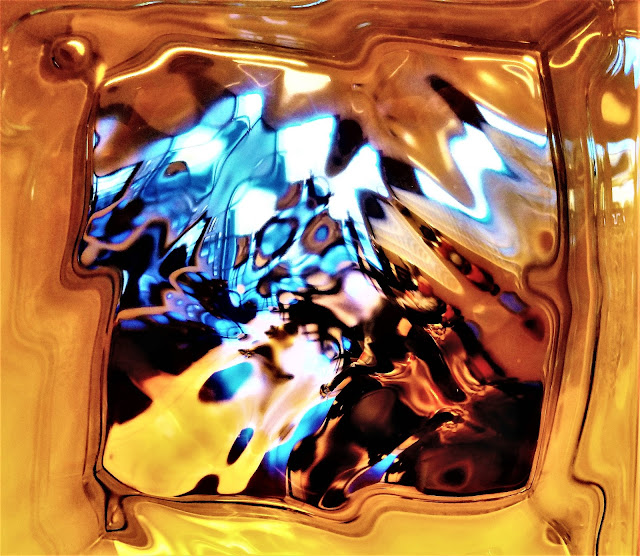 |
| Through a glass brick |
New Testament scholar Gordon Fee called it the "presence motif." It runs like a river from Genesis through Revelation. It's in the garden of Eden, the throne and crystal sea of Revelation, the "for his name's sake" of Psalm 23, and the "hallowed be Your name" of the Lord's Prayer. It's why "better is one day in Your courts than a thousand elsewhere." It's reflected in the diminutiveness of humanity before God, in "what is man that you are mindful of him?"
The central figure in Scripture, about whom all things find their meaning, before whom all creation bows before, is God. Not us. It's all about God's presence, with his people.
The history of the Church reveals a battle to retain the presence motif, and sometimes failing. Church becomes a matter of us, not God. We see this in the original garden, in the golden calf, in the Entertainment Church, in the Corinthians' misuse of spiritual gifts, in the overturned tables in the Temple courtyard, in the nature of temptation, and in Jesus's "you cannot serve both God and Money."
The choices are - Who do you belong to? What do you exist for? Will it be a life of seeking self-pleasure and "happiness," or a life seeking the presence of God?
Years ago, in seminary, I took a class on Karl Barth. We had to read portions of his Church Dogmatics (multi-volume, 6,000,000 words). Barth's magnum opus was a protest against the Church of Self. John Jefferson Davis writes:
Barth called for "a new Copernican revolution - a return to "God as primary Subject" in the worship and life of evangelical churches." (Ib.)
Barth protested against the Church's "turn to the human subject." Were Barth alive today, he would write 6,000,000 more words in protest of churches that exist to please people, rather than to please God. (Seen in expressions such as, "I liked/didn't like the worship"; "This church does/does not meet my needs." "What can we do to attract people?")
***
I write more extensively about the Presence Motif in chapter three of Leading the Presence-Driven Church.